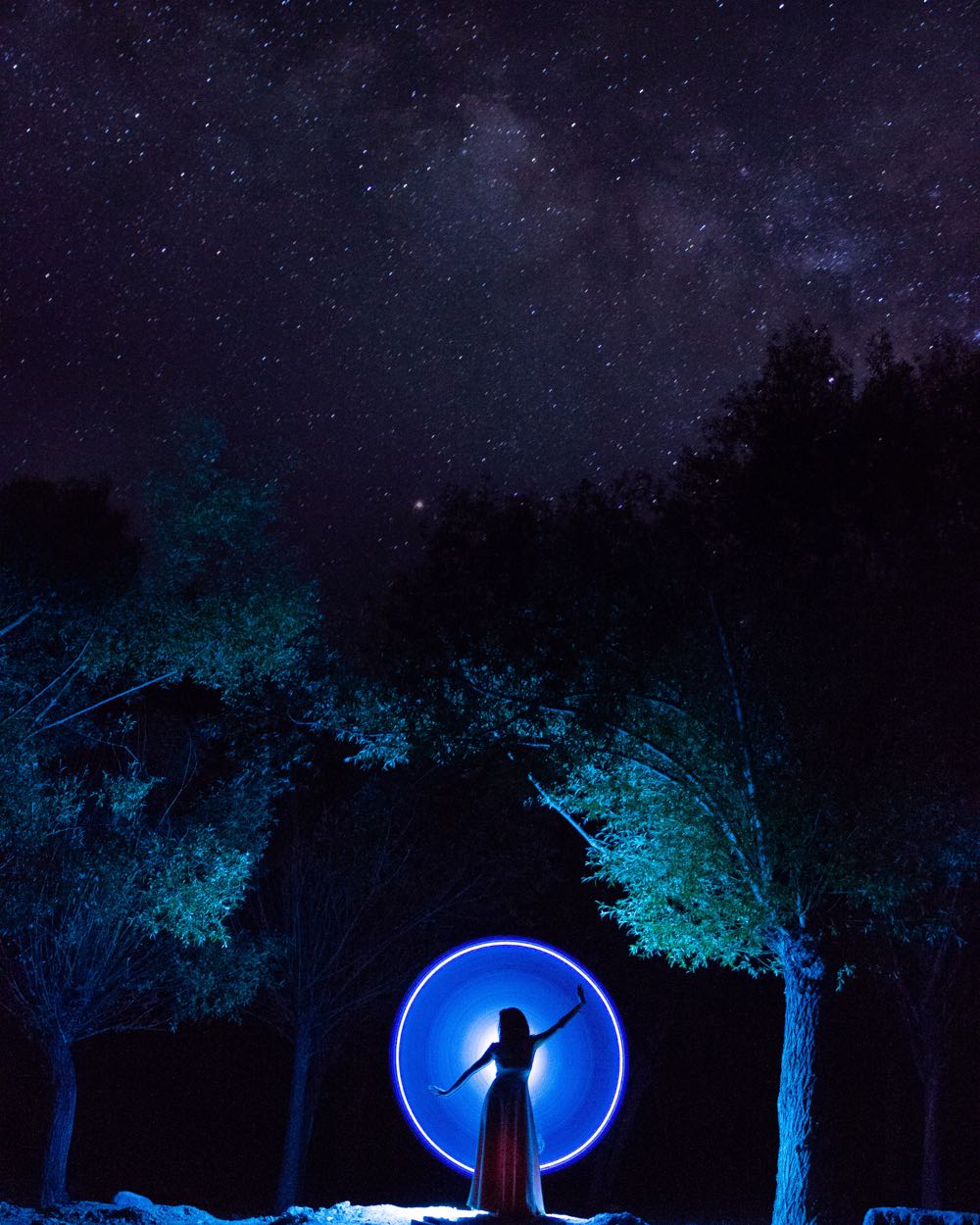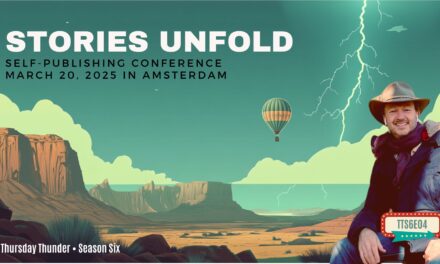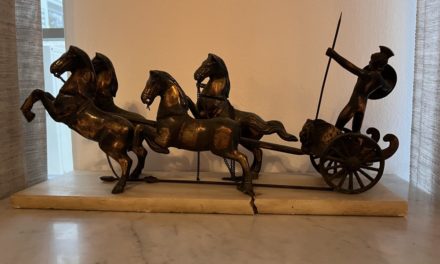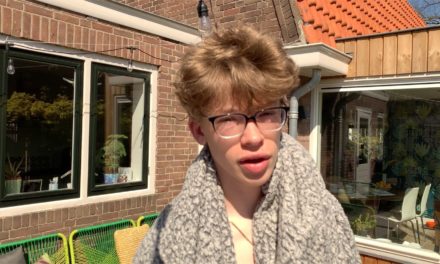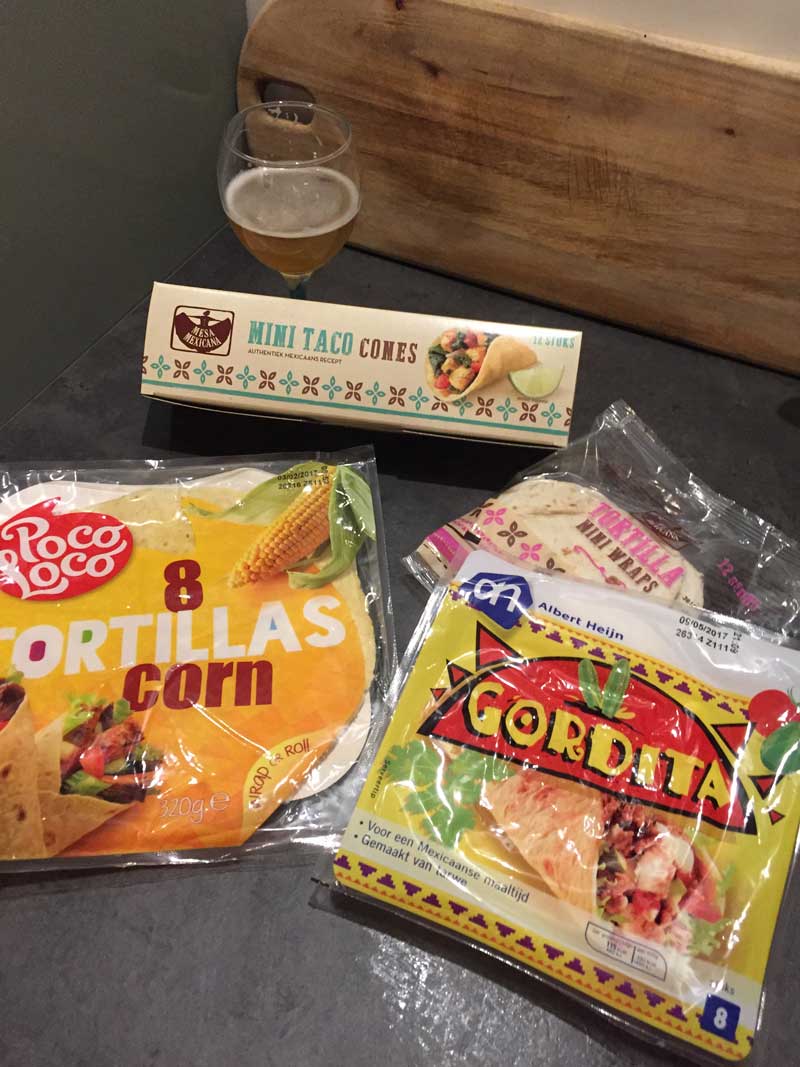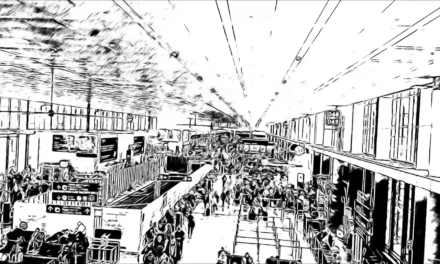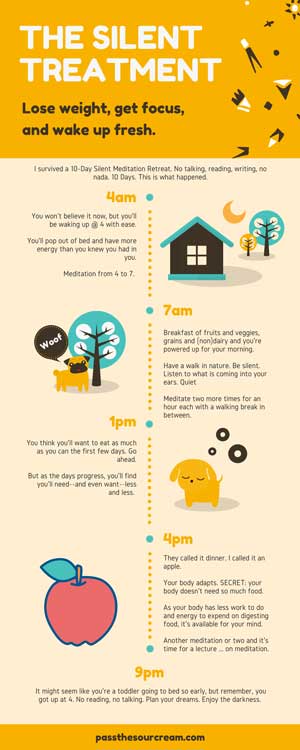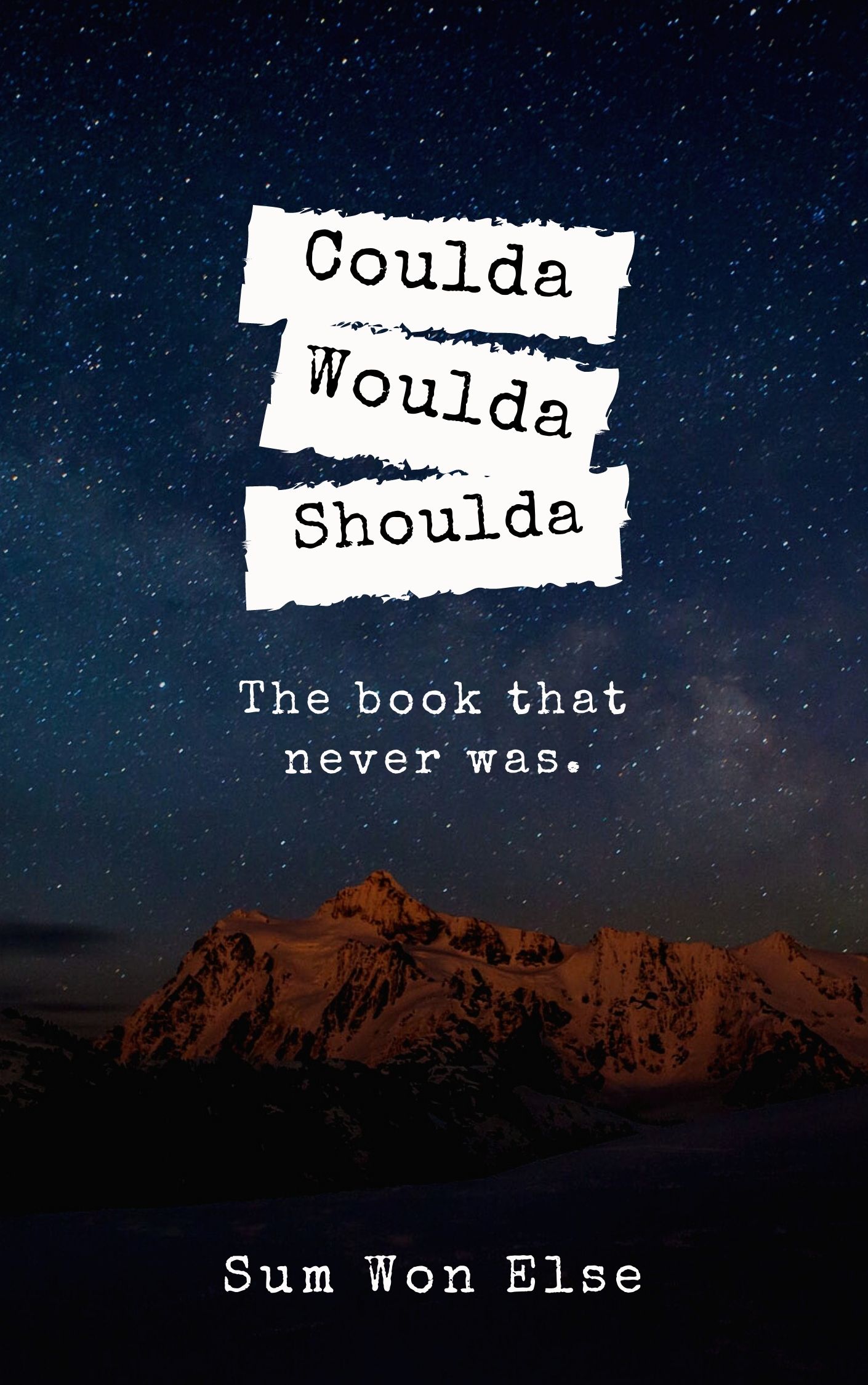
There is only the dance
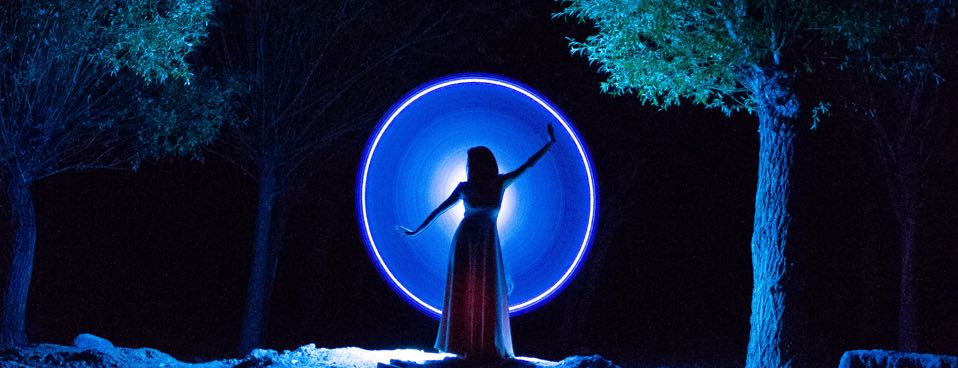
At the still point of the turning world.
T.S. Eliot, as poets tend to do, put words together in an efficient and effective manner that requires perhaps a few readings but once you get it, it often won’t let you go.
If anyone asks me what has most profoundly changed (and improved) my life, it’s an easy answer.
Well, it’s an easy answer to those who want to hear it, to those who are open to it, to those who are open to going deeper while reaching higher.
It takes some effort but soon it becomes effortless.
It takes some habit changing, but soon it becomes habit forming.
The Still Point
You can call it what you like, meditation, stillness, quiet, peace. You can call it reaching a higher dimension, God, spirit, or the one that’s been growing on me lately (that’s a bit of a joke…;-)), higher consciousness.
Whatever you call it and however you get there, it’s a stillness, a quiet, a silence, a connection, a frequency, that connects with you with something greater.
Without that still point, there is no dance.
Without meditation, the rest of it all matters less, means less, is less clear.
I doubt I’m being as clear or eloquent as T.S. Eliot, so I’ll leave the rest of it to him.
Except for the point, the still point,
T. S. Eliot
There would be no dance, and there is only the dance.
So is the still point and the dance the same thing? I don’t know. I think the still point is, at least in my view, the mediation, the quiet, the peace, the connection, and the dance is life.
What do you think?
Here’s the whole stanza:
At the still point of the turning world. Neither flesh nor fleshless;
T. S. Eliot
Neither from nor towards; at the still point, there the dance is,
But neither arrest nor movement.
And do not call it fixity,
Where past and future are gathered. Neither movement from nor towards,
Neither ascent nor decline. Except for the point, the still point,
There would be no dance, and there is only the dance.
I can only say, there we have been: but I cannot say where
And I cannot say, how long, for that is to place it in time.
If you’d like the entire poem, it’s here: Four Quartets.
